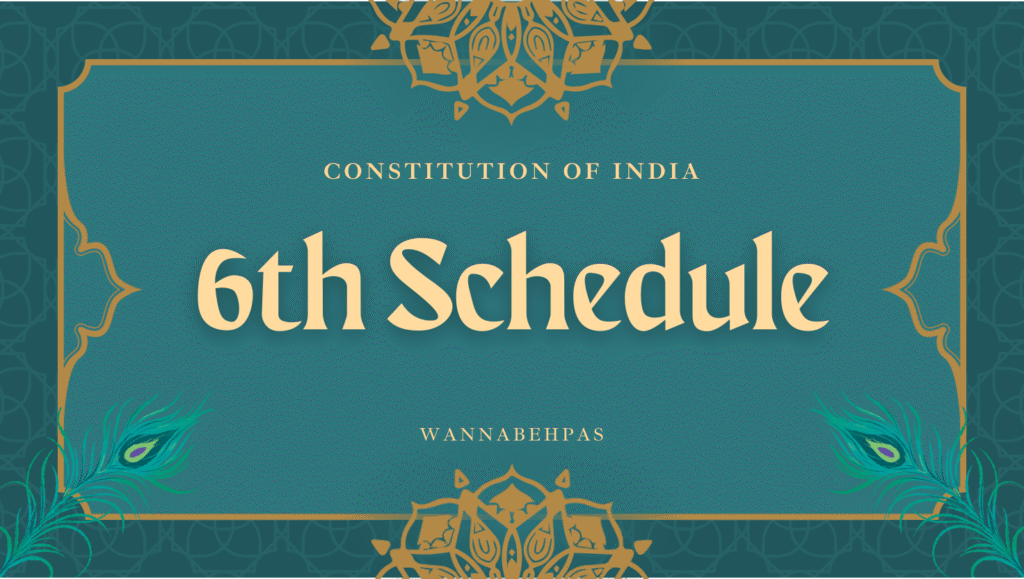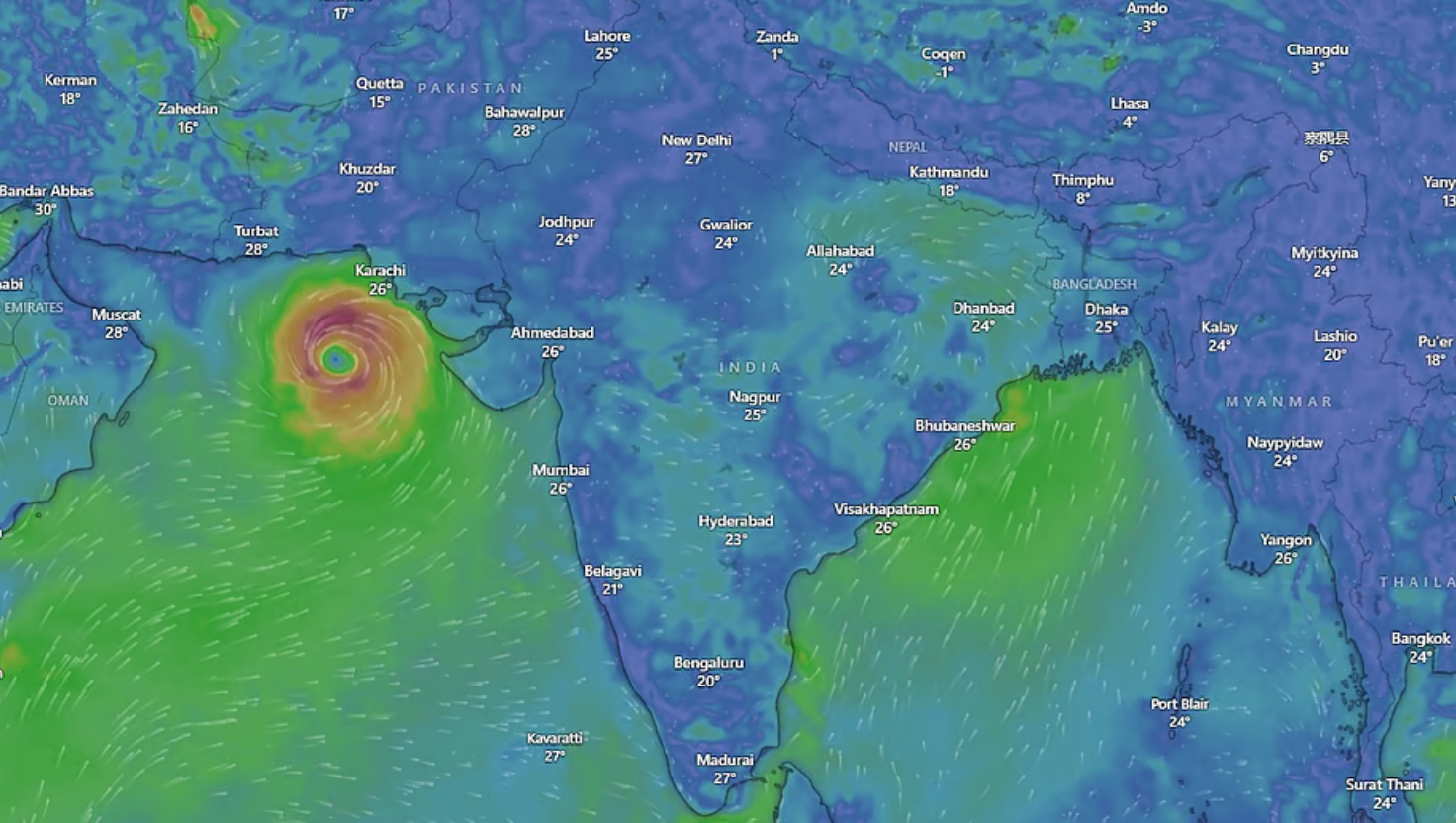Sixth (6th) Schedule of the Indian Constitution
Syllabus: Polity, Governance, Tribal Issues (UPSC GS II)
Introduction
The Sixth Schedule of the Indian Constitution provides for the administration of tribal areas in the states of Assam, Meghalaya, Tripura, and Mizoram. Its objective is to safeguard the land, culture, and resources of tribal communities and ensure their socio-political autonomy.
Objectives of the Sixth (6th) Schedule
- To provide self-governance in tribal areas through Autonomous District Councils (ADCs).
- To protect tribal land and resources from being transferred to non-tribals.
- To preserve and promote tribal culture, identity, and traditions.
- To prevent the exploitation and marginalisation of tribal populations.
Constitutional Provisions
- Article 244(2): Sixth Schedule applies to tribal areas of Assam, Meghalaya, Tripura, and Mizoram.
- Autonomous Districts & Regions: Governor can create or reorganize autonomous districts and regions.
- District & Regional Councils:
- Each Autonomous District has a District Council (up to 30 members, 4 nominated by Governor, rest elected by adult suffrage).
- Each Autonomous Region has a Regional Council.
- Powers of Councils:
- Make laws on land, forest management (excluding reserved forests), inheritance, marriage, etc.
- Regulate money-lending and trade by non-tribals.
- Administer justice through Council Courts (excluding cases of death penalty or imprisonment ≥ 5 years).
- Levy taxes on professions, trades, animals, vehicles, etc.
- Manage schools, markets, roads, fisheries, dispensaries, and local resources.
- Governor’s Role:
- Approves council laws.
- Can appoint commissions to review ADC functioning.
- Applicability of Laws: Parliamentary or State laws apply to autonomous areas with modifications or exceptions.
Sixth Schedule States and Areas
Assam:
- North Cachar Hills (Dima Hasao)
- Karbi Anglong
- Bodoland Territorial Areas
Meghalaya:
- Khasi Hills
- Jaintia Hills
- Garo Hills
Tripura:
- Tripura Tribal Areas District
Mizoram:
- Chakma District
- Mara District
- Lai District
Issues in Implementation
- Multiple Tribes in One Council: Creates inter-tribal tensions (e.g., Dima Hasao with 13 tribes).
- Funds Allocation: Insufficient and uneven, not based on backwardness.
- Limited Autonomy: State governments still control many functions.
- Inter-tribal Conflicts: Elections to ADCs may create divisions.
- Corruption and Misuse of Funds: Weak accountability mechanisms.
- Lack of Awareness: Many tribal communities remain unaware of their rights.
Recent Demand from Ladakh
- Ladakh has seen rapid development (geothermal plant, green hydrogen unit, proposed hydropower projects).
- Concerns over fragile ecosystem and lack of safeguards have triggered demands for Sixth Schedule inclusion.
- Ladakh has over 97% tribal population, fulfilling criteria for Sixth Schedule protection.
Way Forward
- Strengthen ADCs: Provide adequate funds, administrative and financial powers.
- Remove Disparities: Ensure equitable distribution of resources among councils.
- Expand Coverage: Consider inclusion of more tribal-dominated regions like Ladakh.
- Increase Autonomy: Devolve greater legislative powers to councils.
- Community Participation: Ensure active involvement of tribal communities in decision-making.
- Monitoring Mechanism: Establish independent committees for regular evaluation of ADC functioning and fund usage.
Conclusion
The Sixth Schedule is a vital constitutional mechanism to protect tribal rights and promote self-governance. However, issues of limited autonomy, resource disparity, and inter-tribal conflicts need urgent reforms. Expanding its scope to regions like Ladakh can strengthen both tribal identity and India’s federal spirit.











